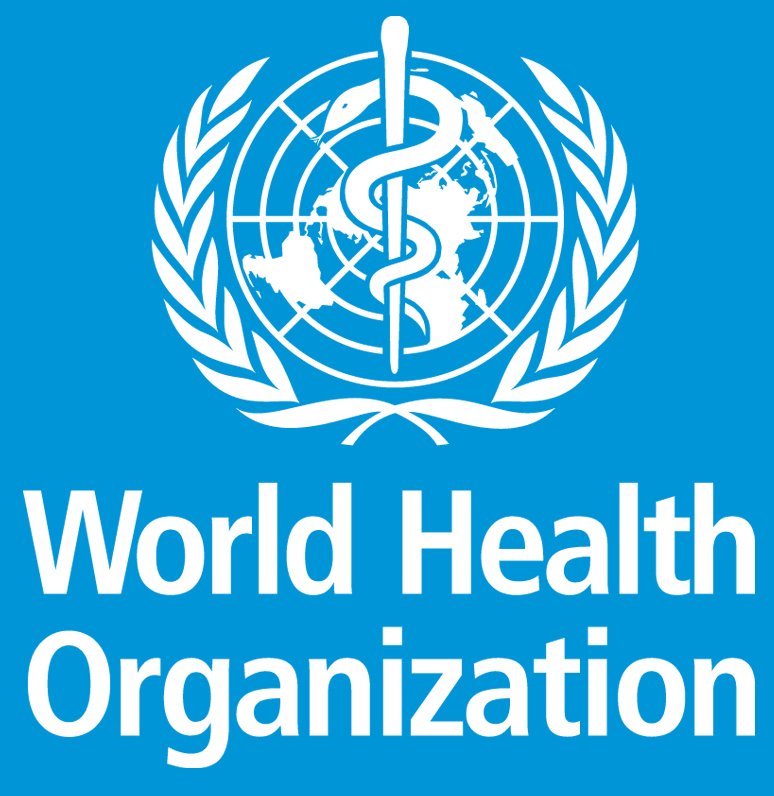
Ekeomah Atuonwu
Health authorities in Ghana have officially confirmed two cases of the highly infectious Marburg virus in the country, after two people who later died, tested positive for the virus on July 10.
A total of 98 people identified as contact cases are currently under quarantine, the Ghana Health Service said, noting that no other cases of Marburg had yet been detected in the country.
In Africa, previous outbreaks have been reported in Angola, Democratic Republic of the Congo, Kenya, South Africa and Uganda. Other outbreaks have also been reported in Europe and the United States.
Here is what we know about the disease.
What is the Marburg virus disease (MVD)?
According to the CDC, the Marburg virus disease is a severe hemorrhagic fever that is caused by the Marburg virus.
First identified in 1967 in Germany and what was then Yugoslavia after research on imported African green monkeys, the Marburg virus is from the same family as Ebola.
According to the World Health Organization (WHO), infection with the virus disease “initially results from prolonged exposure to mines or caves inhabited by Rousettus bat colonies.”

Ghana has officially confirmed two cases of the highly infectious Marburg virus /Guardian/
Once an individual is infected, the disease can spread through human-to-human transmission, and this can happen through direct contact with the blood, organs, or other bodily fluids of infected people and through surfaces and materials that are already contaminated with these fluids.
What are the symptoms?
The illness caused by the virus begins abruptly, and according to the US Centers for Disease Control (CDC), after an incubation period of two to 21 days, symptoms are marked by:
Fever
Chills
Muscle aches and pain
The CDC said that a rash most prominent on the chest, back and stomach may occur after the onset of symptoms.
Nausea
Vomiting
Chest pain
Sore throat
Abdominal pain
And diarrhoea may appear as well.
The WHO says patients might develop severe haemorrhagic manifestations within seven days, and fatal cases usually have bleeding, often from multiple areas.
During the severe phase, patients show sustained high fevers. The patient might also show confusion, irritability and aggression.
In fatal cases, death can happen between 8 and 9 days after onset, usually preceded by severe blood loss and shock, the WHO has said.
Fatality rates have varied from 24 to 88 percent in past outbreaks depending on the virus strain and case management.
The virus is also known to persist in some people who have recovered, and it can be found in the testicles and inside of the eye. In women who might have been infected while pregnant, the virus may persist in the placenta and fetus.

The WHO says pig farms can be potential amplifier hosts during the outbreaks /BBC/
How can it be treated?
According to the WHO, there is no proven cure available for MVD. However, there is supportive care and treatment of specific symptoms.
The supportive care includes rehydration with oral and intravenous fluids, and a range of potential treatments, including blood products, immune therapies and drug therapies, are currently being evaluated.
Samples collected from patients are considered an “extreme biohazard risk” and laboratory testing “needs to be conducted under maximum biological containment conditions.”
Is there a way of preventing the infection?
According to GAVI, to prevent the infection, extremely “stringent infection control measures are needed” to avoid people being in contact with each other.
Avoiding eating or handling bush meat is also important to avoid the spread from animals, and raising awareness in communities and among healthcare workers is critical since that can lead to better precautions against the spread.

The WHO also advises male survivors to practice safe sex and hygiene for 12 months from the onset of symptoms or until the semen tests negative for the virus.
And for health workers, the WHO recommends they wear gloves and appropriate personal protective equipment when taking care of patients.
The WHO has also recommended precautionary measures in pig farms to avoid them from becoming infected through contact with fruit bats. The UN agency said they can be potential amplifier hosts during the outbreaks.




